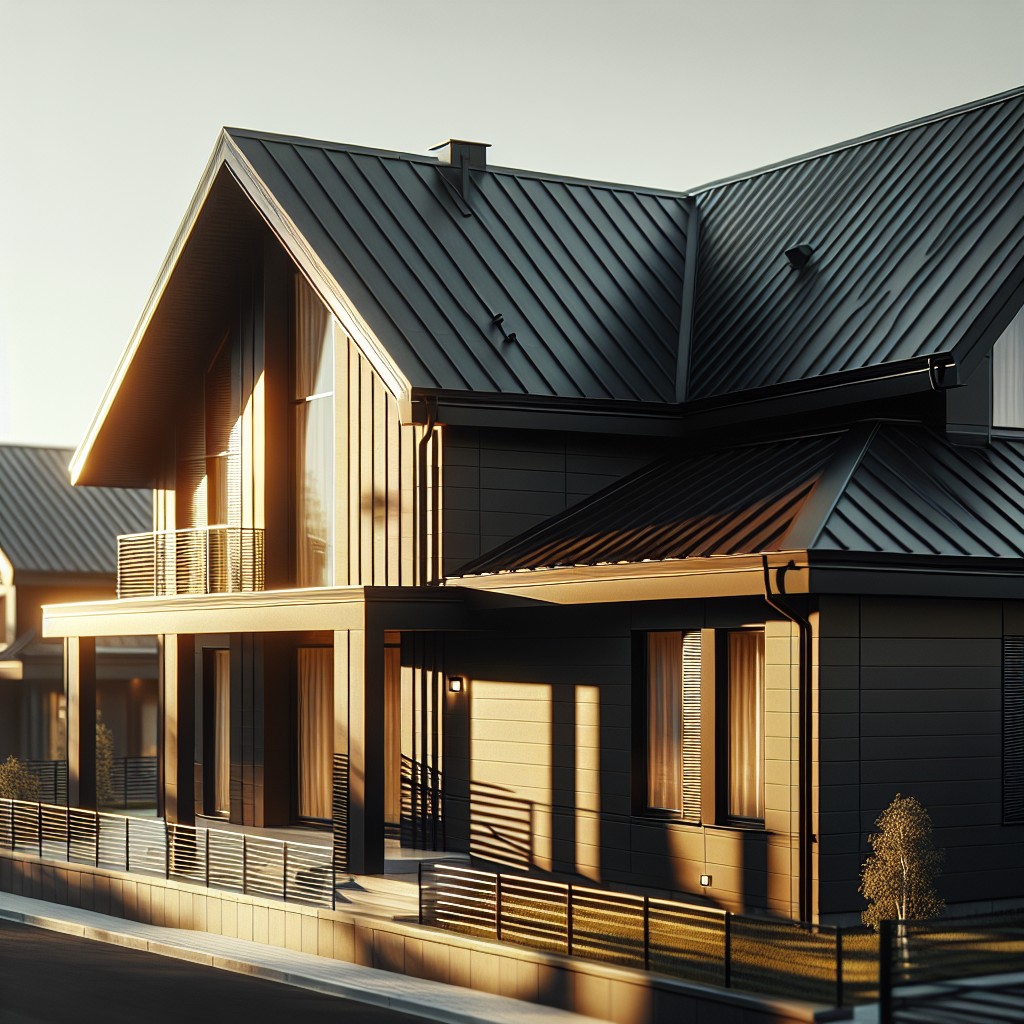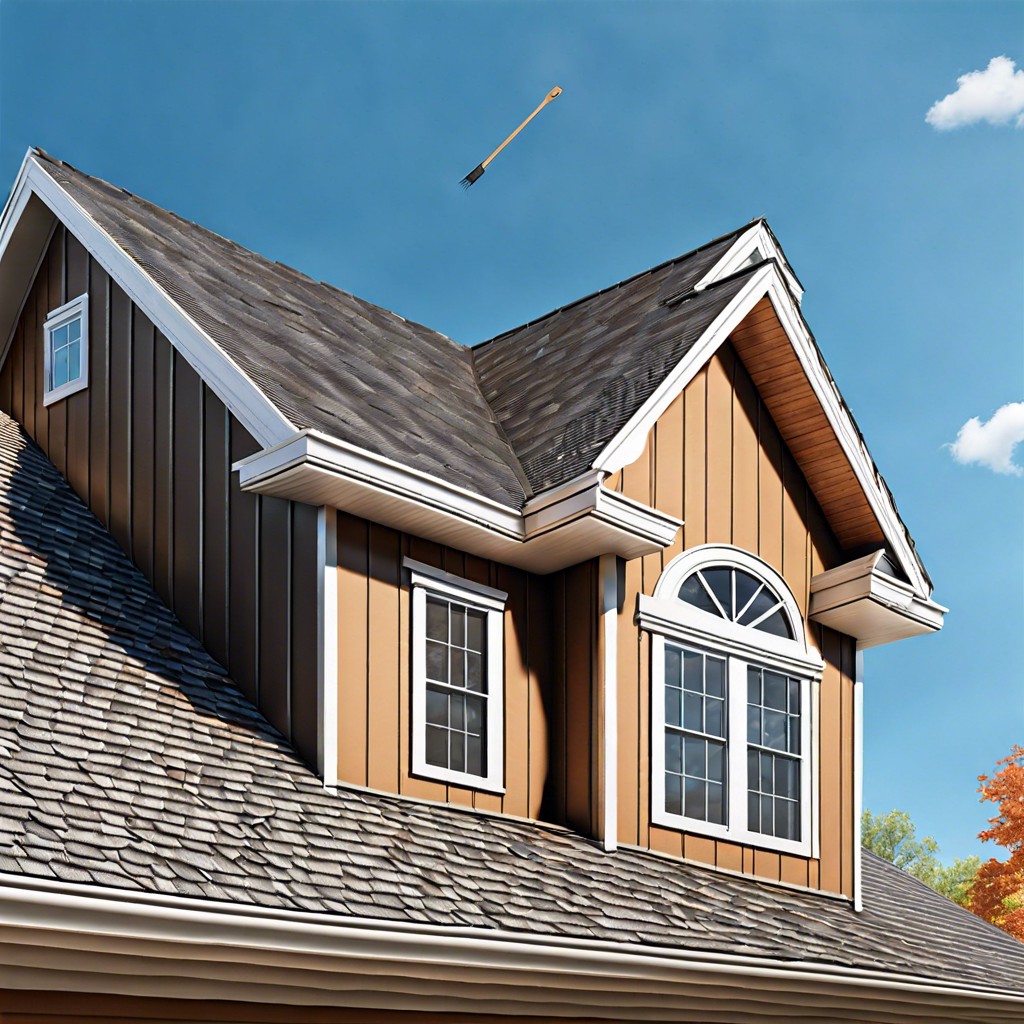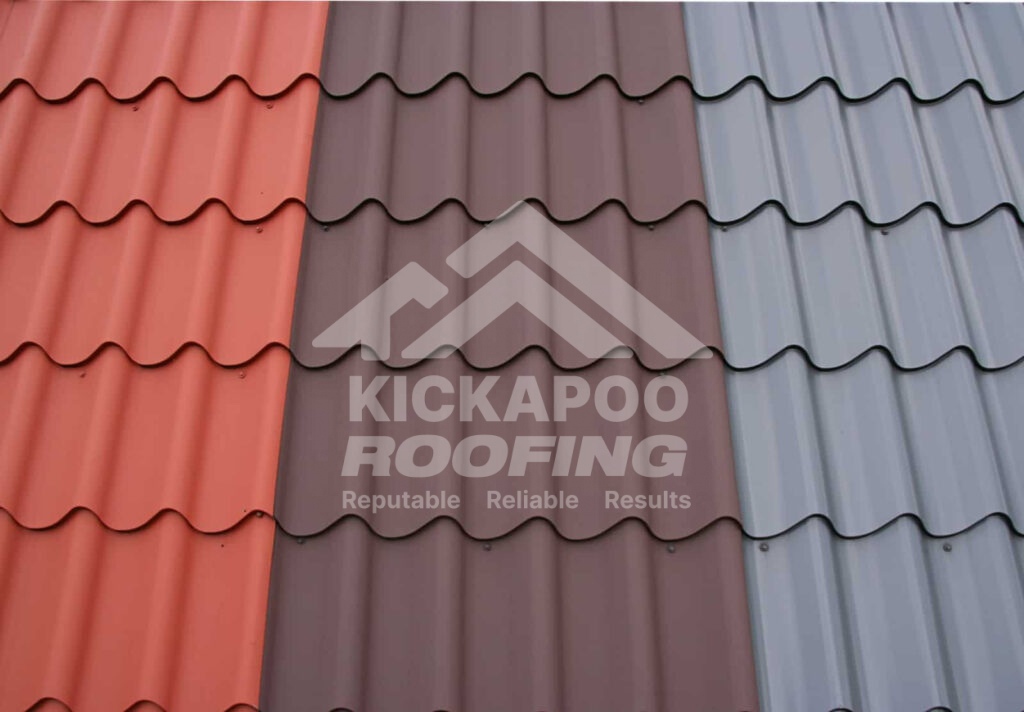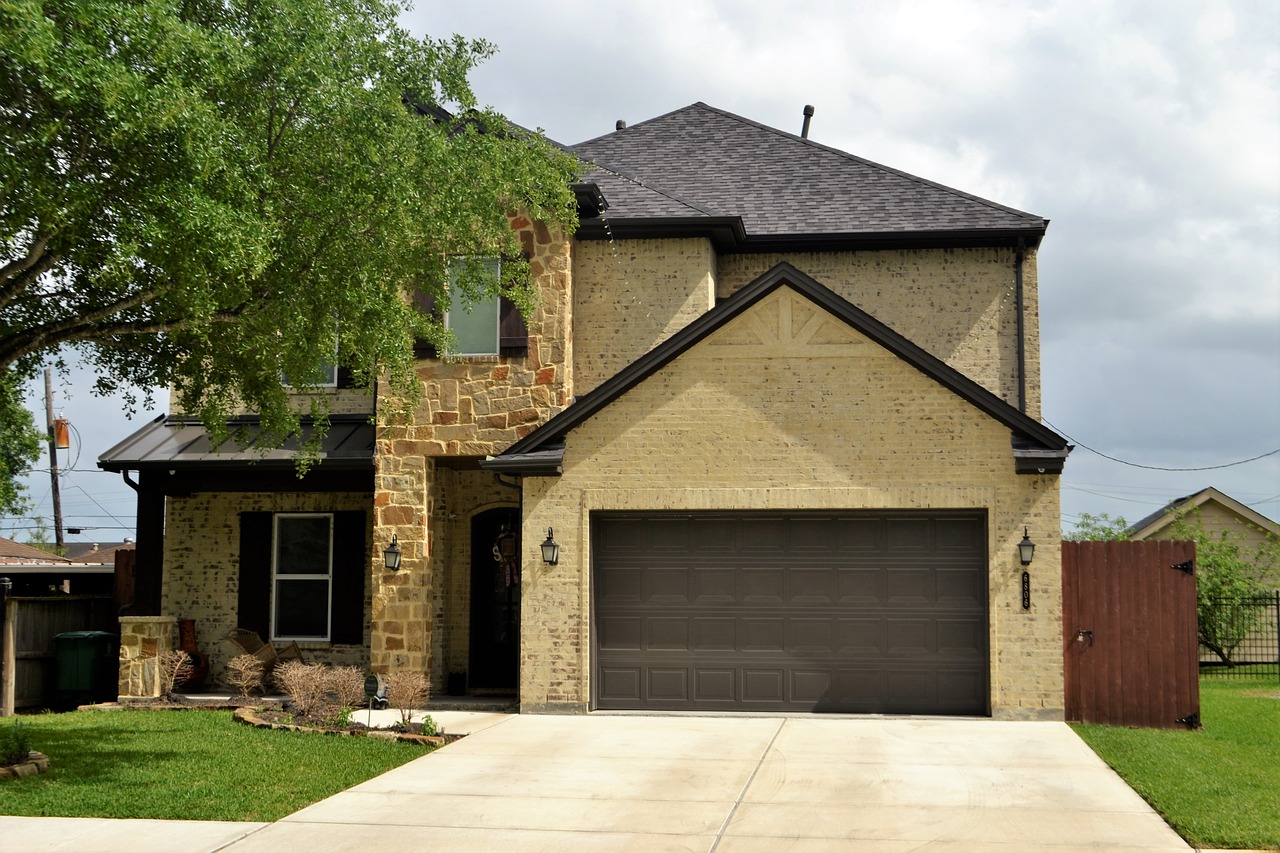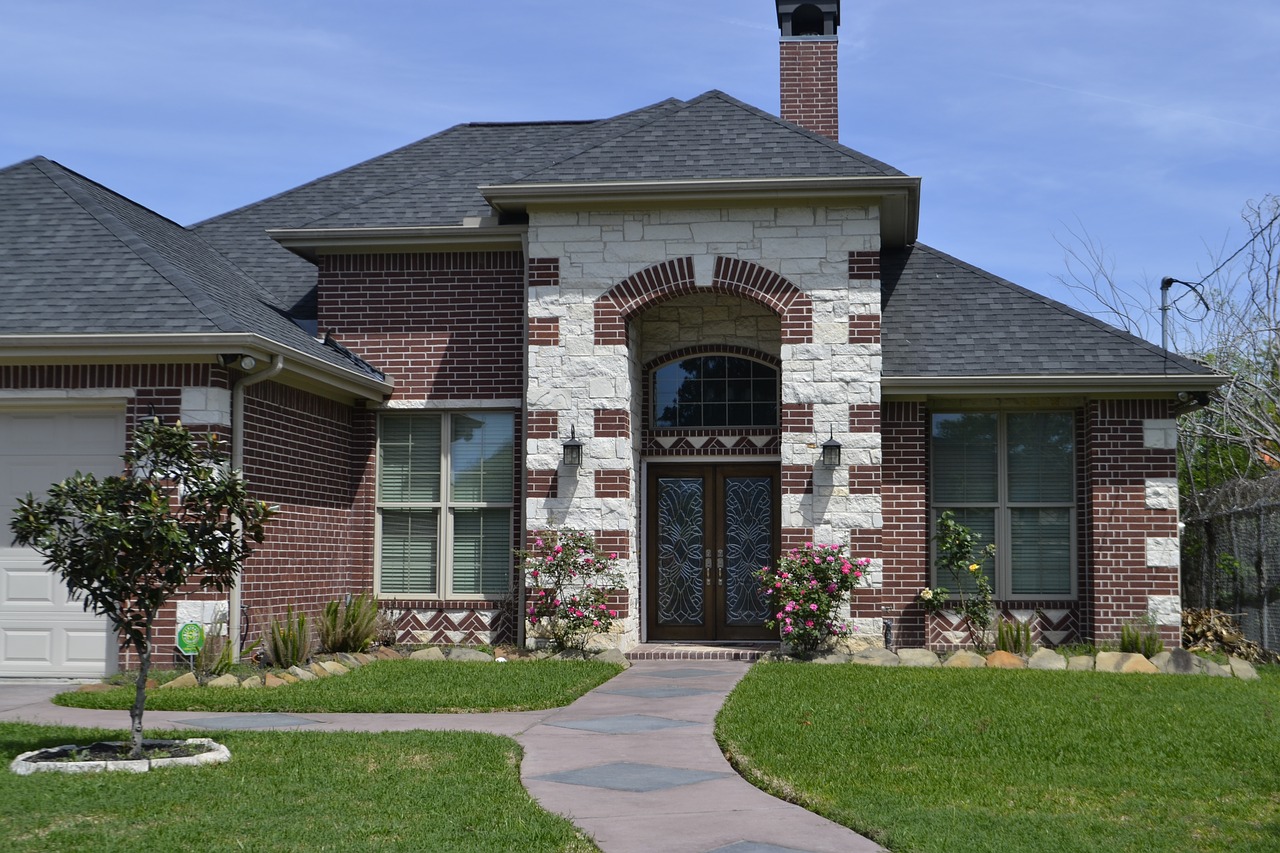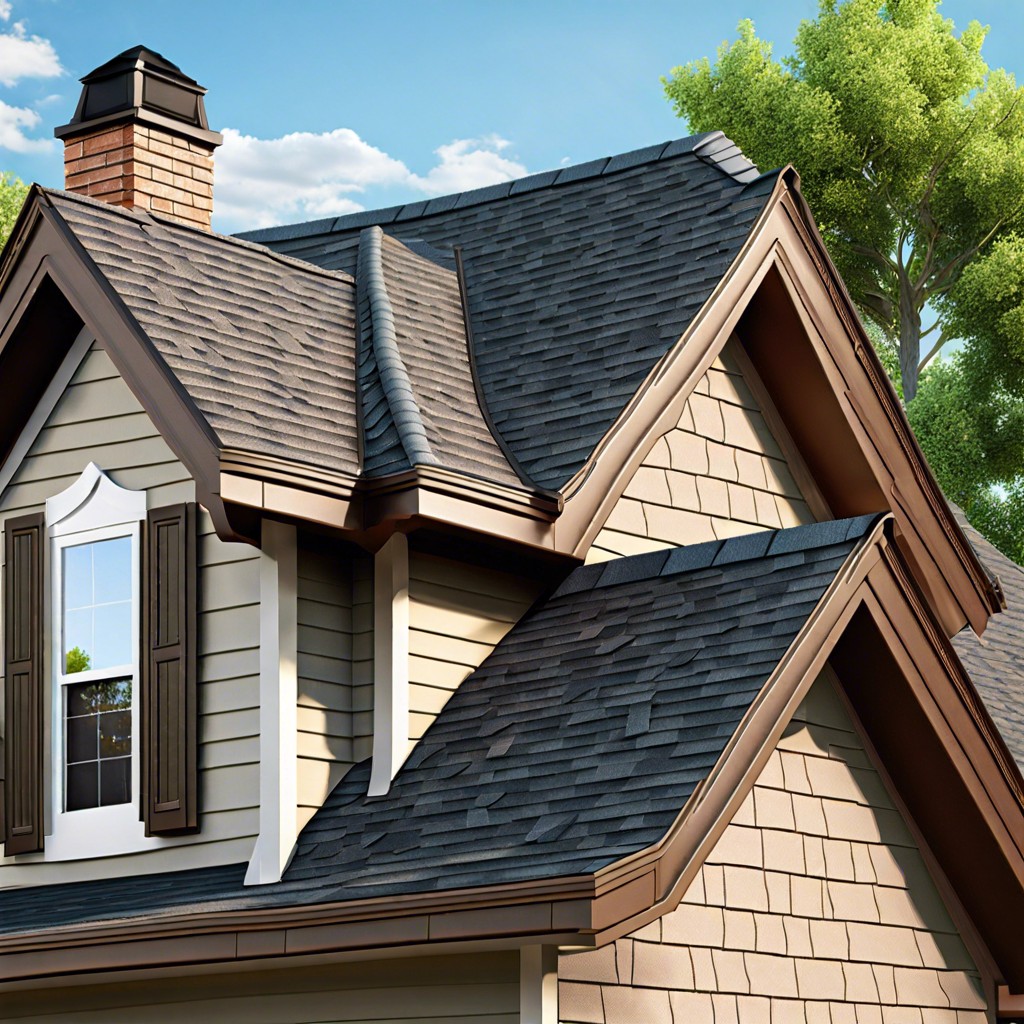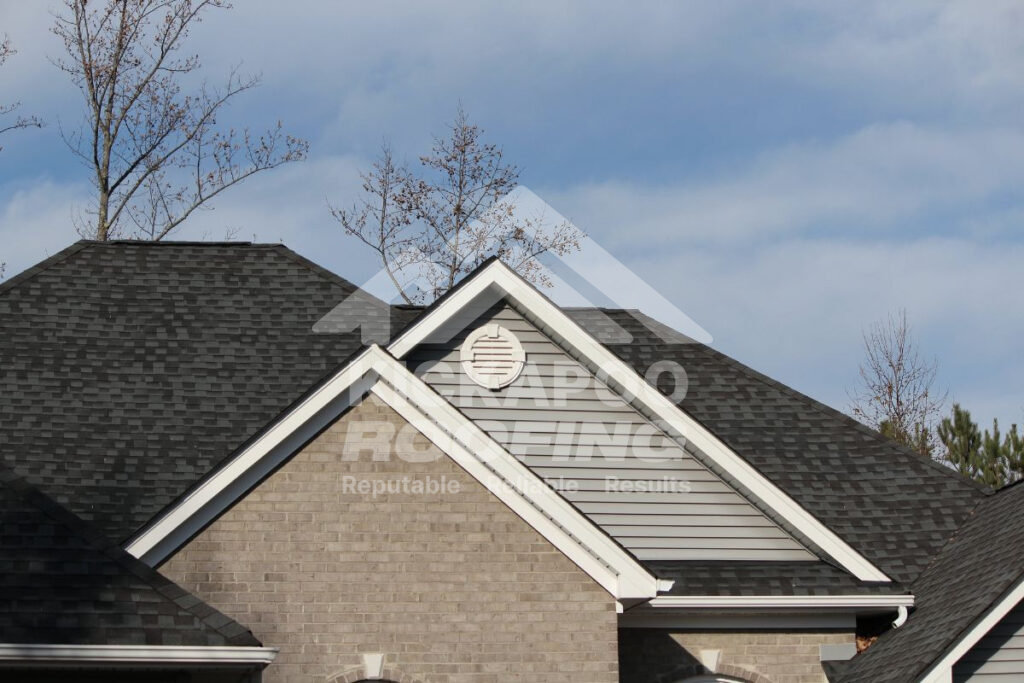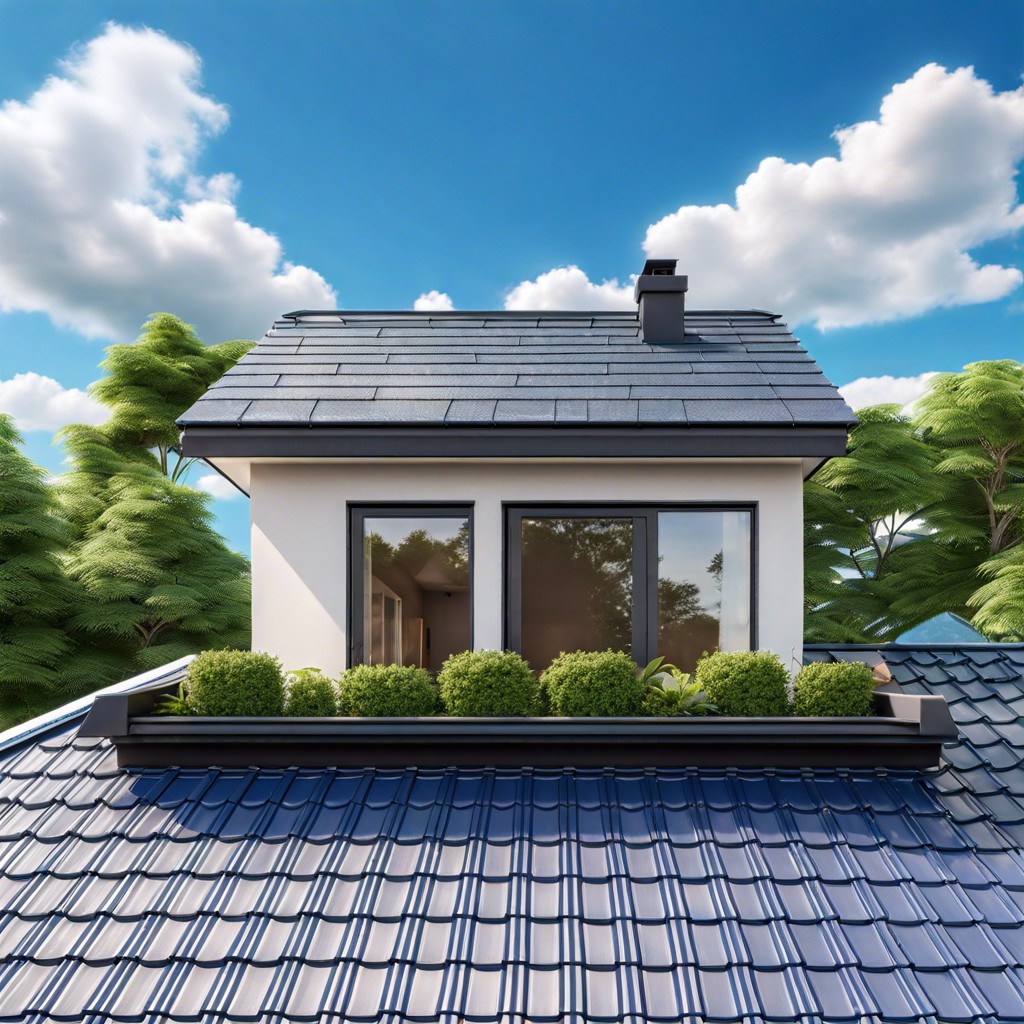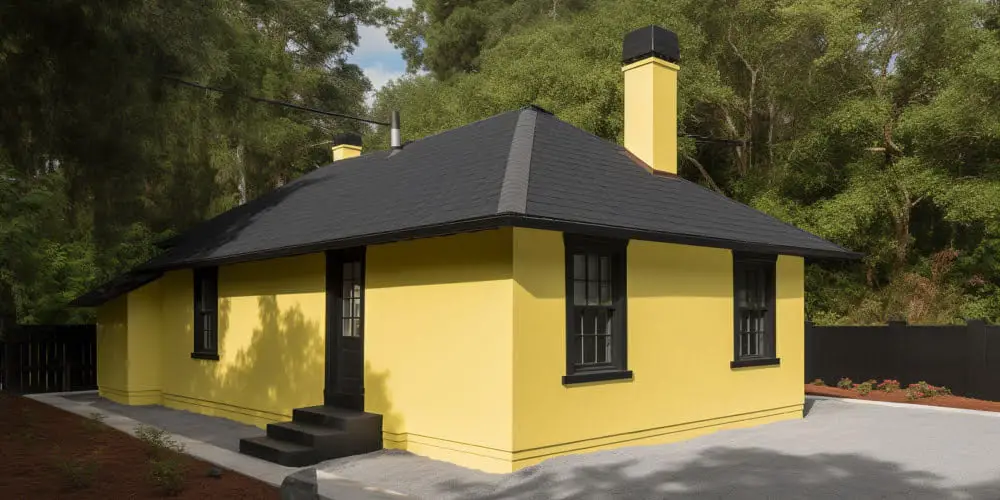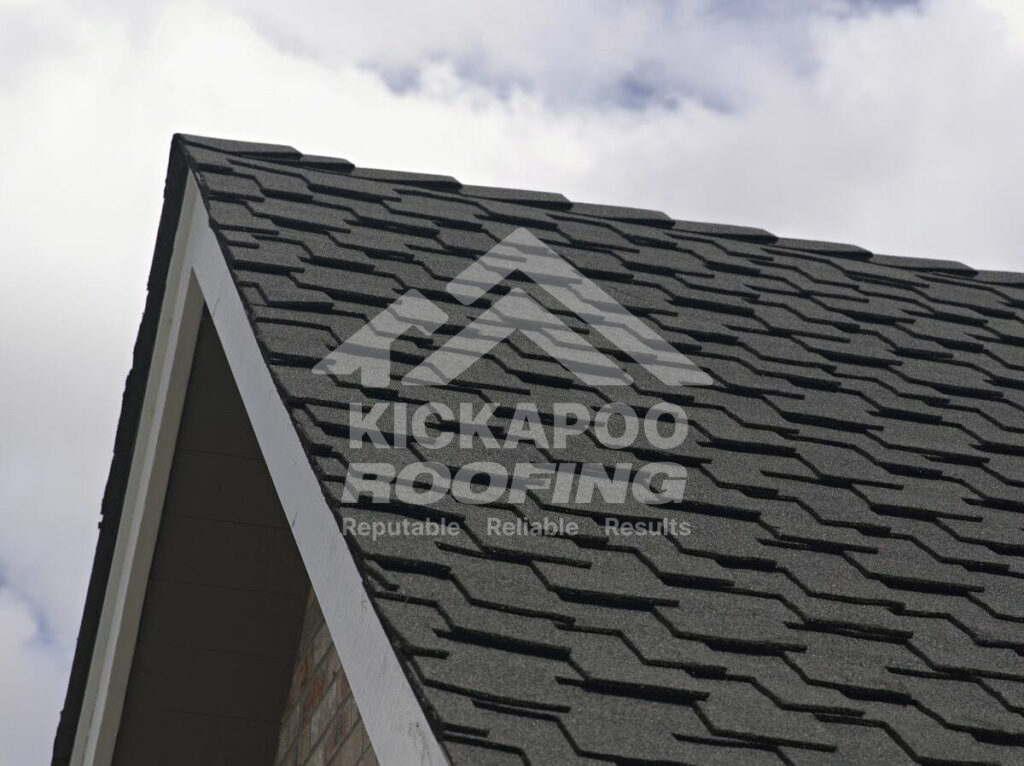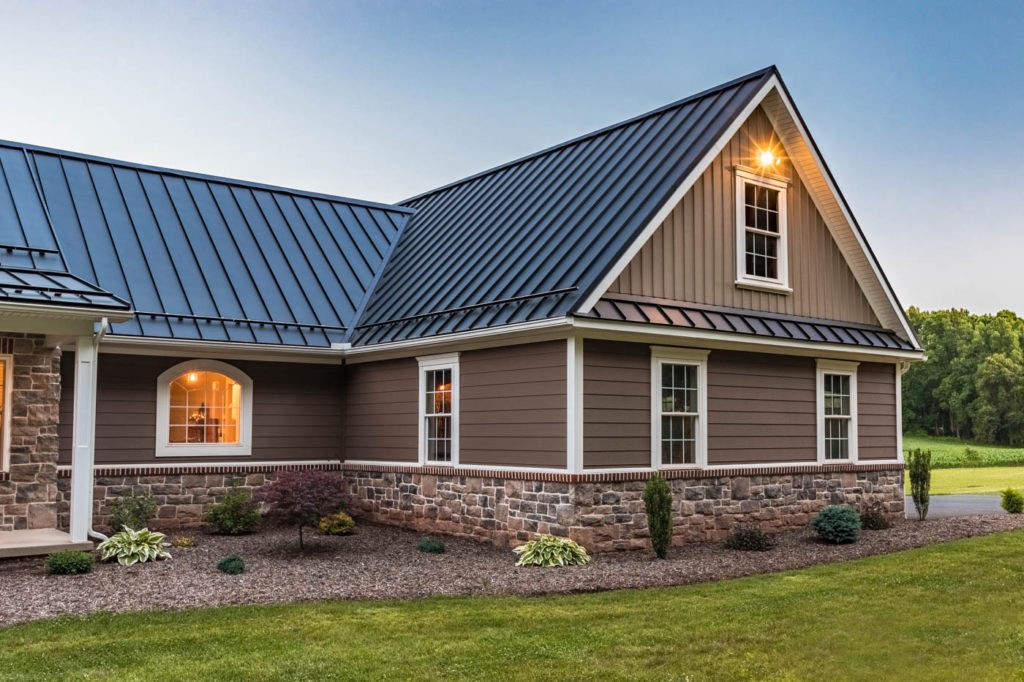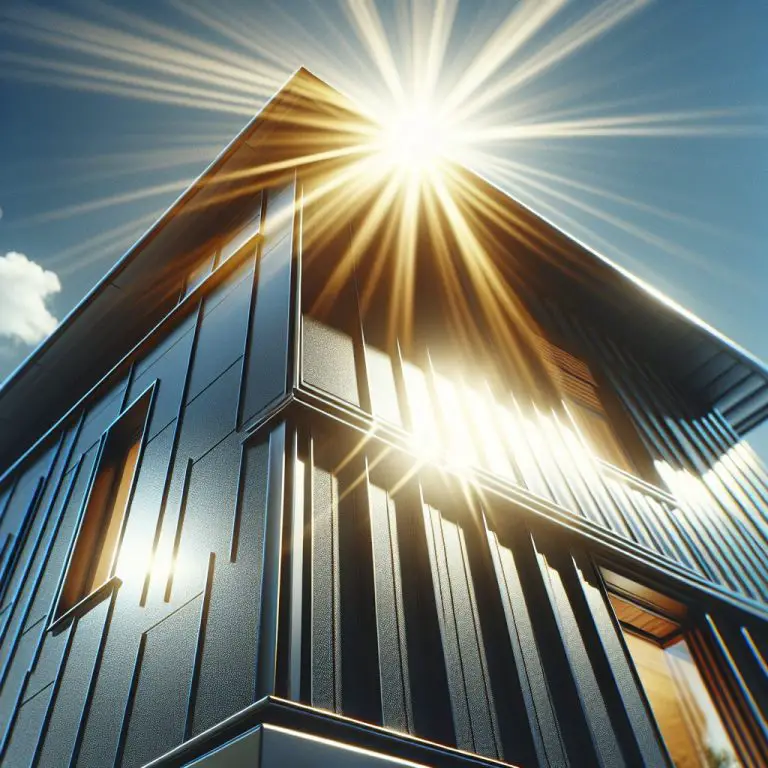Does Black Roof Make House Hotter
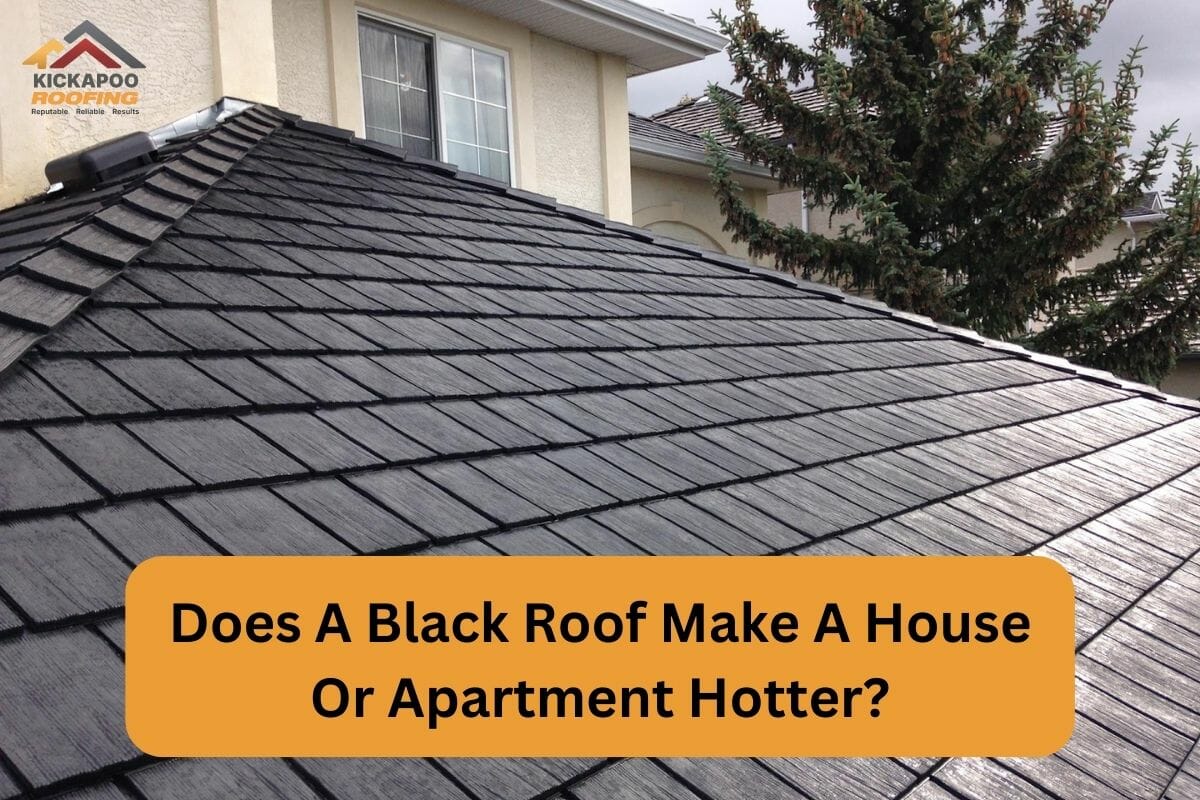
As summer temperatures continue to shatter records across the globe, homeowners are increasingly concerned about energy efficiency and ways to keep their homes cool. One of the oldest debates in home construction and renovation centers around roof color: Does a black roof truly make a house hotter? The answer, while seemingly straightforward, is more nuanced than it appears.
The question of black roofs and heat absorption touches on energy costs, environmental impact, and even property values. While conventional wisdom suggests dark surfaces absorb more heat, modern roofing materials and building techniques complicate the issue. This article delves into the science behind roof color and heat absorption, examines research findings, and explores alternative roofing solutions for homeowners seeking to minimize their cooling costs and environmental footprint.
The Science of Solar Absorption
The fundamental principle is simple: darker colors absorb more sunlight, and thus more heat. This is due to a property called albedo, which measures the reflectivity of a surface. Surfaces with low albedo, like black roofs, absorb a larger percentage of solar radiation, converting it into heat.
Conversely, surfaces with high albedo, like white or light-colored roofs, reflect more sunlight away from the building. This reflected energy doesn't contribute to heating the roof or the building's interior.
Research and Data: Unveiling the Truth
Numerous studies have investigated the actual temperature difference between black and white roofs. One key finding consistently emerges: black roofs do, in fact, get hotter than white roofs under direct sunlight. The Environmental Protection Agency (EPA) has long promoted cool roofs (those with high albedo) as a strategy for reducing urban heat islands and saving energy.
Data from the Oak Ridge National Laboratory (ORNL) shows that dark-colored roofs can reach temperatures 50-60°F (28-33°C) higher than reflective roofs during peak sunlight hours. This increased roof temperature directly contributes to heat transfer into the building below.
However, the extent to which this temperature difference impacts the interior temperature of the home depends on several factors.
Factors Influencing Interior Temperature
The type and amount of insulation in the attic plays a crucial role in mitigating heat transfer from the roof. Well-insulated attics can significantly reduce the amount of heat that penetrates the living space, regardless of roof color.
Ventilation is another critical factor. Proper attic ventilation allows hot air to escape, preventing it from building up and radiating into the home. Without adequate ventilation, even a light-colored roof may not significantly lower interior temperatures.
The climate also matters. In colder climates, the heat absorbed by a black roof can actually be beneficial, helping to reduce heating costs during the winter months. However, in hot climates, the extra heat absorption is almost always a disadvantage.
Beyond Black and White: Modern Roofing Materials
The discussion of roof color and heat absorption often simplifies the equation. Modern roofing materials offer solutions beyond simple black or white options.
“Cool roofs” are designed to reflect more sunlight than traditional dark-colored roofs, even if they are not pure white. These roofs often utilize specialized coatings or materials that increase reflectivity without sacrificing aesthetic appeal.
Furthermore, advancements in roofing technology have led to the development of materials that dissipate heat more effectively. Some roofing tiles, for instance, are designed with internal structures that promote airflow and reduce heat buildup.
Expert Opinions and Industry Perspectives
Roofing professionals often emphasize the importance of considering the entire roofing system, not just the color. "A well-insulated and ventilated attic can mitigate the effects of a dark-colored roof significantly," says John Smith, a certified roofing contractor with 20 years of experience. "Homeowners should focus on improving insulation and ventilation first, before worrying too much about roof color."
However, energy efficiency advocates often argue that choosing a light-colored roof is still the most effective way to reduce cooling costs in hot climates.
"While insulation and ventilation are important, a reflective roof is the first line of defense against solar heat gain,"argues Dr. Emily Carter, an energy efficiency consultant. "It's a simple and effective way to lower energy bills and reduce your carbon footprint."
The Cost Factor: Balancing Efficiency and Aesthetics
While cool roofs offer clear energy-saving benefits, they can sometimes come with a higher upfront cost. Specialized coatings and materials often command a premium price compared to traditional roofing options.
Furthermore, aesthetic considerations often play a significant role in homeowners' decisions. Some homeowners simply prefer the look of a dark roof, regardless of the potential energy implications.
Ultimately, the best choice depends on individual priorities, budget constraints, and climate conditions.
Looking Ahead: The Future of Roofing
The trend towards sustainable and energy-efficient building practices is likely to continue, driving further innovation in roofing technology. We can expect to see even more advanced cool roofing materials and designs in the future, offering improved performance and aesthetic options.
Government incentives and rebates may also play a role in encouraging homeowners to adopt cool roofing solutions. As awareness of the environmental and economic benefits of energy-efficient roofing grows, the demand for these products is expected to increase.
Ultimately, the decision of whether or not a black roof makes a house hotter is complex and depends on a confluence of factors. While the science confirms that dark roofs absorb more heat, modern building techniques and materials offer ways to mitigate this effect. By carefully considering insulation, ventilation, climate, and individual priorities, homeowners can make informed decisions about their roofing choices, balancing energy efficiency with aesthetics and cost.
